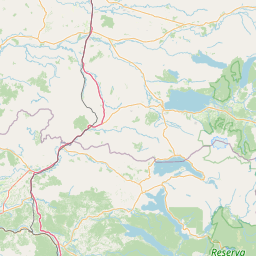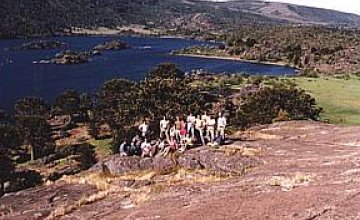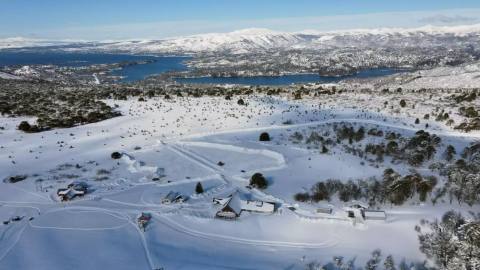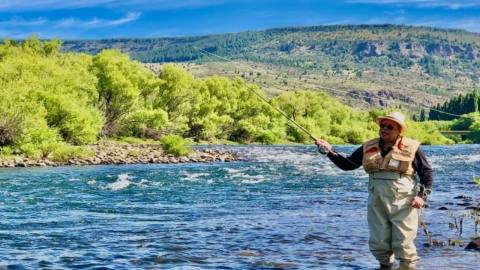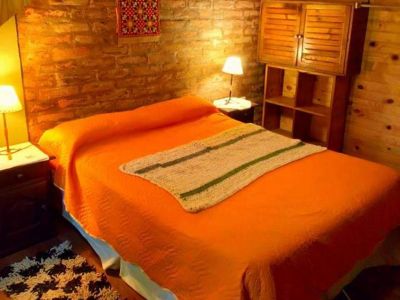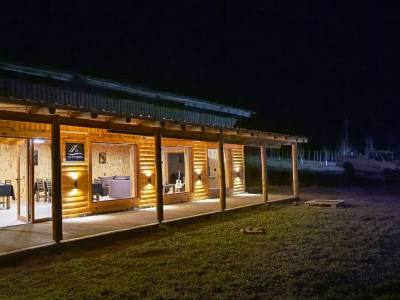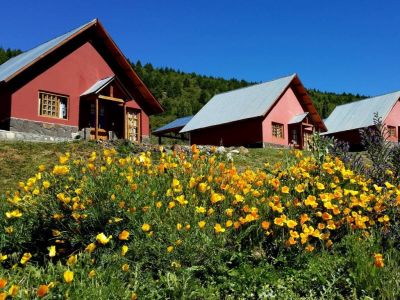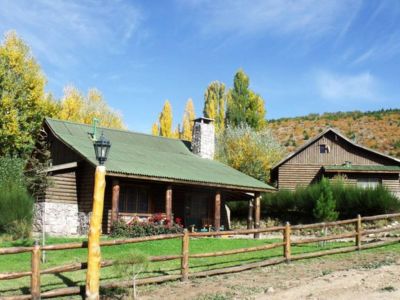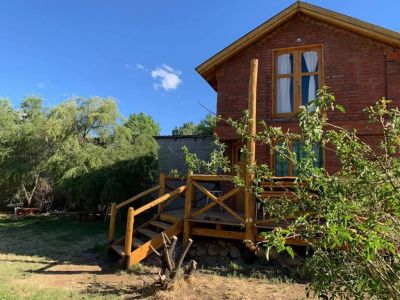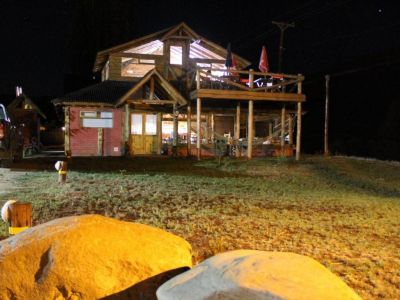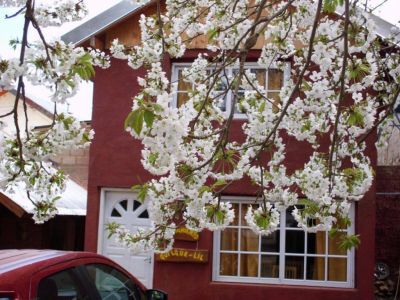Crossing onto Chile through Icalma
The frontier between Argentina and Chile at this location is particularly appealing due to its vegetation, a collection of water bodies and small villages devoted to farming and cattle raising activities.
Icalma is the access to Chile from the District of Aluminé and it features charming natural surroundings to both sides of the border. To reach Icalma, we took the road joining Aluminé and Villa Pehuenia, which runs parallel to the Aluminé River. It was interesting to see how the hills reflected upon the water surface and the fields boasted different shades of green. Honey and fine fruit were for sale at some farms. Devoted followers of Ceferino Namuncurá can find a natural grotto by the road, which shelters his image and the offerings left by travelers. At the end of the route, lies Villa Pehuenia. This very young mountain village has found a perfect balance between the quietness of its surroundings and the wide array of sports and angling activities it offers. The Customs checkpoint lies very close to the spot known as La Angostura, which separates Lake Aluminé from Lake Moquehue. At that very location, the monkey-puzzle trees make up a woodland area containing some very tall old specimens and other younger greener ones. We noticed that the population of monkey-puzzle trees increased on the Chilean side. Once the Customs proceedings had been properly carried out, we took the road leading to the District of Icalma and the lake bearing the same name, lying in a valley amidst the Valdivian rainforest.
We continued driving towards Melipueco, accompanied by the plentiful river on the left. Several picturesque rural villages rested on its banks here and there. Then, we turned around and started our way back to Argentina. In spite of the fact that the local roads have not been completely paved, it is worth traveling them slowly and stopping to watch its eye-catching nooks. The journey is an attraction itself.
Mónica Pons
Jorge González
145 kilometers stand between the border and the City of Temuco.






